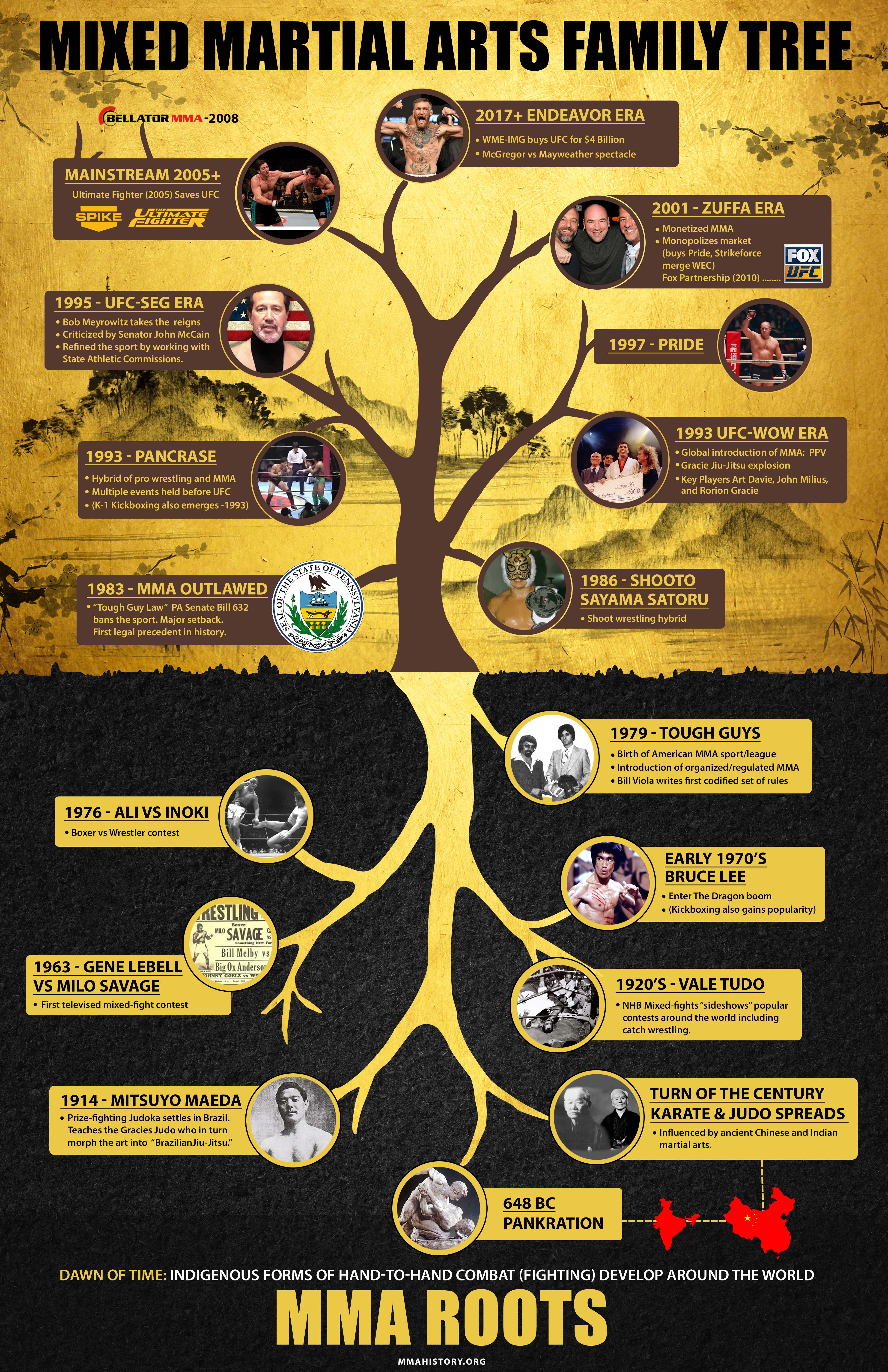A Relative Research Study Of Traditional Martial Arts And Modern Combat Sports: Highlighting The Vital Distinctions
A Relative Research Study Of Traditional Martial Arts And Modern Combat Sports: Highlighting The Vital Distinctions
Blog Article
Created By- visit our website
When you consider martial arts, do you lean more toward the traditional techniques or the modern battle sports? Each course provides special benefits and experiences, shaped by their ideologies and training methods. Traditional martial arts highlight personal growth and self-control, while modern battle sports focus on competitors and efficiency. Comprehending these differences can direct you in choosing the best approach for your journey. But how do these differences show up in training and philosophy?
The Approach and History Behind Traditional Martial arts
While many individuals connect martial arts with physical battle, the approach and background behind conventional martial arts run much deeper. You'll locate that these techniques stress individual development, technique, and regard.
Stemming from ancient practices, typical martial arts were often established for Self-Defense and spiritual growth. They symbolize principles such as balance, consistency, and self-discipline, guiding experts beyond simple battling abilities.
As you train, you'll not just find out techniques yet additionally acquire understandings into the society and worths that formed these arts. The rituals and customs, usually given through generations, foster a feeling of neighborhood and belonging.
The Competitive Nature of Modern Battle Sports
Modern combat sports have actually transformed the landscape of martial arts right into a highly competitive arena, where athletes take on in a test of skill, technique, and endurance.
You'll discover that competitors are commonly arranged with strict policies and guidelines, making certain fair game and security. These events bring in large target markets, sustaining the exhilaration and strength of competitions.
Professional athletes train rigorously, not just for physical prowess but additionally for psychological durability, understanding that every information counts in the ring. The adrenaline rush throughout competitions is palpable, as competitors press their limitations to assert victory.
Fans value the athleticism and virtuosity included, making contemporary battle sports a thrilling spectacle that continues to progress and captivate fanatics worldwide.
Training Techniques and Techniques: A Relative Analysis
The affordable atmosphere of modern battle sports demands cutting-edge training techniques that vary considerably from conventional martial arts.
In contemporary training, you'll concentrate on specific methods, sparring, and conditioning, often utilizing drills that mimic genuine battle situations. You'll see an emphasis on quantifiable efficiency and constant competitors to analyze your abilities.
On the other hand, conventional martial arts focus on kinds, katas, and thoughtful trainings, usually highlighting self-control and regard over competition.
https://knoxgqzhp.blogs100.com/36015025/release-your-adventure-beginning-in-a-martial-arts-college-for-novices is normally less extreme and may include repeated method as opposed to real-time sparring.
While both techniques construct skill and fitness, contemporary fight sports offer a more dynamic and adaptable training atmosphere, preparing you for instant difficulties in the ring or cage.
Select the course that lines up with your objectives and interests.
Final thought
In selecting between standard martial arts and modern battle sports, it truly boils down to what you value a lot of. If you're trying to find individual development, technique, and a feeling of neighborhood, traditional arts might be your best fit. Yet if kali martial art grow on competition and real-time obstacles, modern-day combat sports could be the means to go. Ultimately, Read the Full Guide use distinct advantages, so it's everything about aligning your training with your individual objectives and interests.
